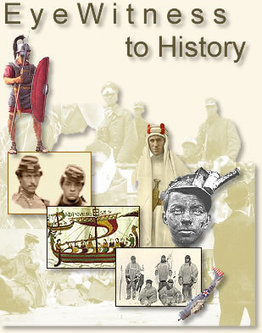These strip maps of roads around London come from an atlas printed in 1790 by mapmaker John Cary.
Research and publish the best content.
Get Started for FREE
Sign up with Facebook Sign up with X
I don't have a Facebook or a X account
Already have an account: Login
 Your new post is loading... Your new post is loading...
 Your new post is loading... Your new post is loading...

Luke Walker's curator insight,
September 30, 2014 2:20 AM
An interesting website with some primary source materials. It is a little US/Eurocentric. |
|














